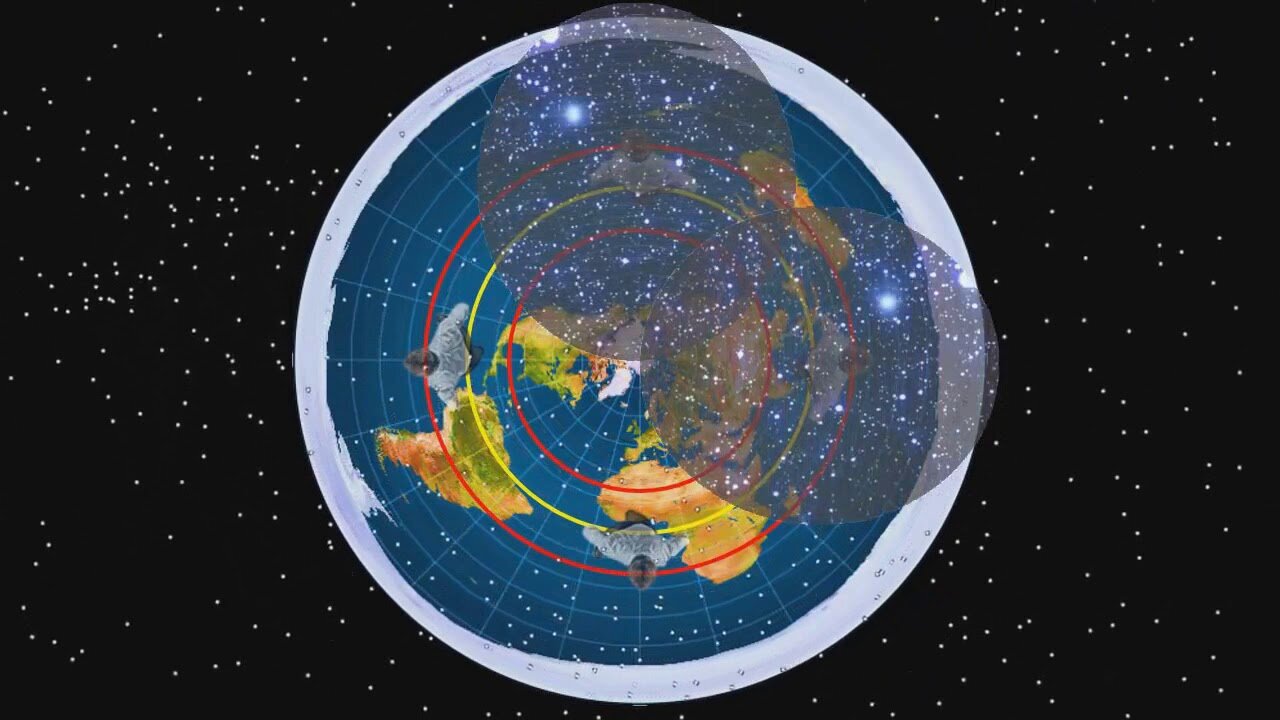Premium Only Content

How the Southern Stars Work on Flat Earth
Earth is depicted as a motionless, level plane where the Sun, Moon, and stars orbit around us, a daily experience for all. At the heart lies the North Pole, serving as the magnetic center-point with Polaris, the North Pole star, directly overhead, distinguished by its stillness amidst the heavens. Other celestial bodies, termed "planets," or anciently known as "wandering stars," display unique spirograph-like patterns, exhibiting both forward and retrograde motions across the sky. In contrast, the "fixed stars" maintain their positions within constellations consistently over millennia, unaffected by Earth's purported motions.
The prevailing notion of Earth as a spinning, tilting, orbiting sphere contradicts this observation. According to mainstream astronomy, Earth rotates at 1000mph, orbits the Sun at 67,000mph, and hurtles through the galaxy at 500,000mph, yet the constellations remain remarkably stable over time. This discrepancy suggests that Earth and Polaris remain stationary while everything else rotates around them, akin to the motion observed in a planetarium dome.
Our expansive Earth planetarium offers a perspective challenge, limiting observers from simultaneously witnessing all stars from any single vantage point. Northern constellations, including Polaris and Ursa Major/Minor, are visible from all points north of the equator, while southern constellations, like Sigma Octantis and the Southern Cross, traverse a sweeping arc across the southern sky. The apparent motion of stars varies based on location and direction faced: counterclockwise when facing north, clockwise when facing south, rising in the east and setting in the west. Despite these apparent variations, the actual movement of celestial bodies consistently progresses from east to west.
-
 1:10:15
1:10:15
FLAT OUT TRUTH
2 months agoLoose Change 2nd Edition HD | 9/11 documentary
19K8 -
 2:04:38
2:04:38
Side Scrollers Podcast
3 hours agoEveryone HATES Baseball Karen + Gaming’s Newest Virtue Signal + MORE | Side Scrollers Live
970 -
 LIVE
LIVE
StoneMountain64
1 hour agoDelta Force Budget vs JUICER Loadouts
86 watching -
 LIVE
LIVE
Sean Unpaved
1 hour agoYardline Yarns: Giants Need Juice, Bills-Ravens Classic, Dolphins' Soft Spot & Packers Prove It
162 watching -
 1:05:03
1:05:03
Timcast
2 hours agoDemocrat media COVERS UP Irina Zarutska Murder, Second White Woman Killed, Trump Says WAR
79.3K77 -
 2:07:35
2:07:35
Steven Crowder
4 hours agoThe Murder of A Ukrainian Refugee is A Tipping Point in American History
277K274 -
 1:03:37
1:03:37
The Rubin Report
3 hours agoMedia Caught Trying to Ignore Ugly New Details of Charlotte Train Stabbing Caught on Tape
36K62 -
 LIVE
LIVE
Rebel News
1 hour agoConservative MP rips Doug Ford, Carney's decarbonization scheme, Security cam rules | Rebel Roundup
280 watching -
 58:13
58:13
Badlands Media
2 hours agoThe Daily Herold: Sept. 8, 2025
8.19K1 -
 LIVE
LIVE
LFA TV
15 hours agoLFA TV ALL DAY STREAM - MONDAY 9/8/25
2,950 watching